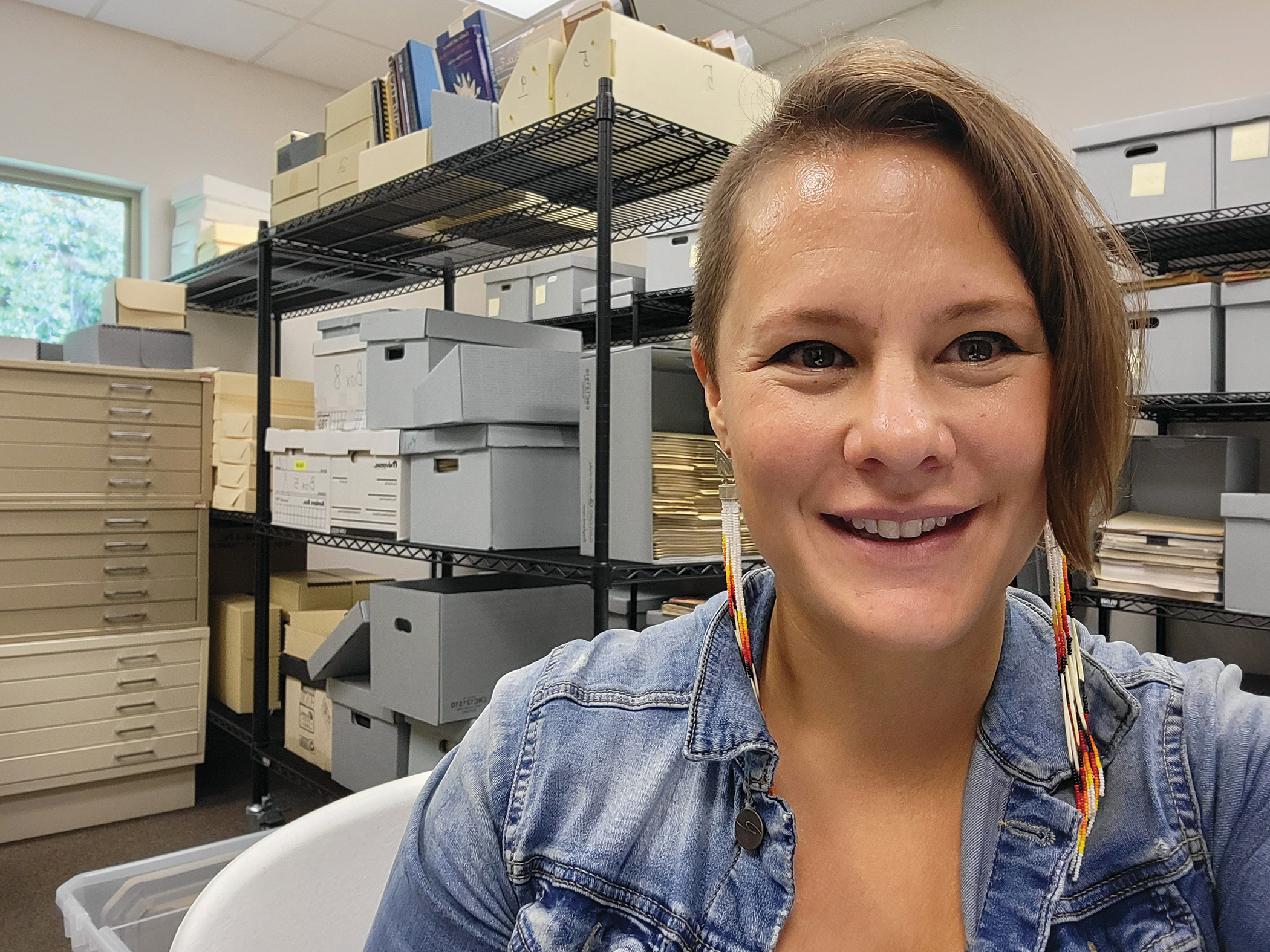A Year of an Unvarnished CMA
Heather George

It is hard to fathom that a year has passed by us already since the last CMA Annual General Meeting. Reflecting back on the year I am proud of what has been accomplished and aware of how much work we have yet to do.
Shortly after I joined the board, we made the commitment to our members to conduct a public search for a new Executive Director. We quickly realised we wouldn’t be able to take that on right away as there was much volatility in the organization. Massimo Bergamini, later joined by Ken Blonski worked diligently with the staff to stabilize the CMA finances, review the needs of members, and rebuild relationships with sectoral and government partners.
In September, we held a board visioning session in Ottawa facilitated by Melissa Hammell of Pine Gum Studios. Building on the feedback from our membership survey and a report from the staffing retreat held in June we focused our discussions on the importance of our role in advocacy, networking and building the capacity of smaller museums. Additionally, we developed strategic goals for the organization to review in developing a strategic plan these fell broadly into three areas, a healthy organization, a healthy sector and a healthy future.
That same month, we released the Moved to Action report, which would have been impossible were it not for the financial support of the Department of Canadian Heritage and the many contributions made by members of the Reconciliation Council, Indigenous Museum professionals and allies. This work was coordinated by the amazing CMA staff, I especially want to highlight and thank former and current CMA staff, Jameson Brant, SM Leduc, Brenda Fillion, Rebecca MacKenzie and Stephanie Danyluk for facilitating important research and conversations. The report addresses the Truth and Reconciliation Commission Call to Action # 67 and the interest and enthusiasm for the report as illustrated by participation in our recent conference of the same name speaks to the importance of this work for our membership. While it will take time to implement the 10 recommendations and 30 new standards across the sector, we hope that the report will support Indigenous and non-Indigenous people on the road first to truth and then to reconciliation.
The celebration of this accomplishment was bittersweet as many of us witnessed an exodus of IBPOC, and LGBTQ2+ employees from curatorial and management roles in the sector some by choice, others through restructuring and firings. The past year has been a good reminder that changing faces at the table will do little to change the sector if we don’t also provide support, training, mentorship and policy guidance to ensure the sector is one in which IBPOC and LGBTQ2+ staff feel respected, valued and safe.

Developed by Dnyanesh Kamat, Senior Manager or Policy and Research for the CMA, our first ever Workplace Diversity Survey gathered statistical data to help us identify promising practises in the sector as well as the difficulties and challenges individuals and organizations face in addressing systemic racism, prejudice and inequity. This baseline survey is a starting point to measure change across the sector and we are thankful to everyone who participated in this important study.
I believe, at their heart, museums are places for sharing experiences and stories, both uplifting and challenging. As the CMA continues to play an important advocacy role for the sector at the Federal level both the staff and board have highlighted the important role museums can play — when properly resourced, connected to community and adaptive — in building a more equitable and just society. We regularly communicate and provide feedback to the Department of Canadian Heritage, regular meetings with the Provincial and Territorial Museums Associations and have been participating in more sectoral gatherings and conferences.
Both the staff and board members of the CMA have focused on the need to lead by example in our work we recognize the need for self-reflection along-side reflecting on our organization and our sector. We hold our organization to a standard we hold for the full sector and while that can make for some challenging discussions around the board room table — and on social media we believe that we have managed to be accessible and approachable to members in ways not seen for many years at the CMA. The success of this year’s conference and the engagement of many CMA members on various committees is just as start.
I would be remiss if I didn’t also mention the amazing work of the Young Canada Works managers, Mark Poirier and Nathan Hasselstrom and their intrepid staff who have continued to support our members through this important program which we administer on behalf of the Department of Canadian Heritage.
One of the most important roles any not-for-profit board plays is in the governance of the organization, including policy review. The year with the support of staff including Membership Manager Cora Henshaw we have begun a review of the by-laws and membership categories which will be shared and implemented in the coming months.
We also were finally able to undertake the aforementioned public search for the CMA’s next Executive Director, and for those of you who attended our Conference in March or read recent updates, or even just the table of contents for this issue of Muse, you will know that we were successful. Janis Monture was unanimously selected by the hiring committee thanks in particular to her combined sectoral and leadership experience along with a strong vison for the future of the CMA. Our thanks go out to the amazing leadership and guidance of Melissa Sumnauth and the whole team at BIPOC Executive Search Firm guided us and facilitated this nationwide search.
We still have much work to do as an organization. Our members have called on us to speak to the role of museums in addressing climate change, uplifting emerging museum professionals, supporting mentorship for mid-career professionals, and calling attention to the burnout that so many museum workers are facing. These are issues we hope to address with our guidance work, in our advocacy, including at Hill Days, and in our development plans moving forward.
I’m filled with gratitude for the supportive, collegial and engage experience I’ve had in my year as the president of the CMA, a role I never thought I would find myself in. I believe we all have the capacity to be change makers and leaders, if we look beyond our own experiences, our own small spheres and our own comfort with the aim of developing a more just, inclusive and representative sector. As always, I carry hope, love and an undying optimism in the role of museums as places for community building, storytelling and self-determination. M
Heather George is the president of the Canadian Museums Association.
